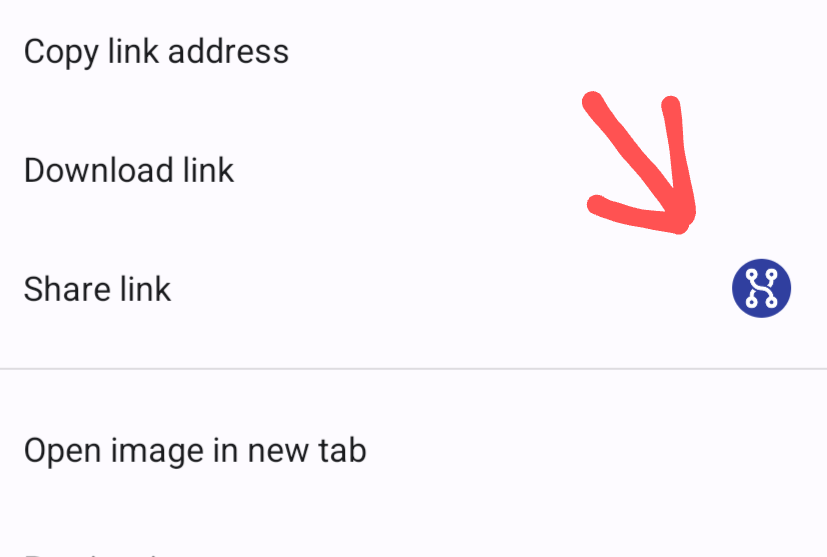

It works for me.
There is this site which has detailed status report, but to be honest I don’t really know how to interpret all of that haha.
There is currently some error though:

Eschew! 🤧


It works for me.
There is this site which has detailed status report, but to be honest I don’t really know how to interpret all of that haha.
There is currently some error though:



This tutorial explains everything in detail.
Edit: I stupidly assumed you are using windows. But anywayys…if you are thats a good tut


I’m not the OP, but Vivaldi has been my main browser for many years now.
The reason why some people like Vivaldi is the same reason why other people dislike it. It has a lot of additional features and customization options that other browsers don’t. You may find that cool (e.g., people who used old Opera), or you may dislike it, because “I just want a browser to open web pages.”
But anyways…here are some features that I really like and I miss in other browsers:
Those are just some of my favorites but there is a lot more…And almost all of these additional features you can disable selectively if you wish to do so.


This is how I use youtube with NewPipe while still taking the advantage of recommended page (algorithm).
A bit of a complicated setup, but it’s not that awful.
I use browser to open up the youtube front page (thus taking the advantage of the recommended page) Tap and hold on the video you want to watch and in the context menu, choose Share link and then choose to share it with Open link with, which will let you choose where you want to open up the video in, then choose NewPipe.
In chrome based browsers a shortcut will appear for the most used share link option you use, which will reduce one tap. 


Does anyone know if there is an extension which would mark the video as watched on youtube without actually watching it? So that you could still take advantage of youtubes front page.
It’s possible to hover over the thumbnail and move the playhead of the mini player a few seconds before the end of the video, and that will count as if you watched the video, but it’s slow and not convenient to do.


Quote from some old guide:
The Importance of Being Connectable:
When it comes to torrents, being connectable can go a long way in helping your ratio. Connectivity is directly related to port forwarding, your router, and incoming torrent connections. Here’s how it works:
You upload a new torrent. After going through the upload page and adding the torrent to your client, the client connects to the tracker to do the following:
- Tell the tracker it is going to begin seeding a torrent.
- Ask the tracker if there are any peers it doesn’t know about.
Normally, no one has downloaded the torrent from the site between the time that you upload the torrent and when you add it to your client. So your client will now wait, for 45 minutes (or however long it’s been told to wait by the tracker), until it will connect back and ask for more peers.
Now suppose someone downloads your torrent from the site after you added the torrent to your client. Normally, the person’s client will ask the tracker for peers, to which the tracker will return your IP address to connect to. That client will then connect to your client, using the IP address and port number it got from the tracker pertaining to your client and the port it accepts incoming connections on. This is where being connectable comes into play. We’ll assume your IP address is 139.129.43.5 and your port number used for torrenting is 3058.
When the peer attempts to connect to you on that designated port, your router has to know what to do with the incoming connection. It receives an incoming connection from the peer, on port 3058. If you have your port forwarded to your client correctly, that is, you’ve told the router what to do with incoming data on a specific port, the router knows to send anything coming in on port 3058 to the computer your client is running on. Now, if you are not connectable, the router doesn’t know what to do with items coming in on port 3058, so they are discarded, and the other peer isn’t able to connect to you.
If your port isn’t forwarded correctly, the peer who just added your torrent to their client will have to wait for 45 minutes, until your client updates with the tracker, and gets the new peer’s IP address and port to connect to. If the peer is connectable, you will then make an outbound connection to them, and it will connect successfully. Outbound connections aren’t normally blocked by a router, unlike incoming ones, this is why a client doesn’t need a port forward for outgoing connections. This scenario is also why you can still seed even if you aren’t connectable. This can have very negative consequences for your ratio though as I will now explain.
Here’s how not being connectable will hurt you. When you are seeding a torrent in a large swarm and a new peer comes online, his client will attempt to make connections to the other peers. If you aren’t connectable, you will have to wait (at max) 45 minutes until your client learns of their existence, before you can start uploading data to them. During this time the peer is getting data from other peers, but not you. By the time your client finally learns of the new peer’s existence, the client will already be done downloading! You won’t get nearly as much upload than if you were connectable. Depending on the size of the torrent, your client may not get any upload for that peer, because he will have completed the torrent before your client even knew he was present.
The absolute worst case scenario is when both peers aren’t connectable. Neither peer will be able to connect to the other, and both will sit without connection indefinitely.
It was hit or miss since 1337x started showing CF captcha thingie.